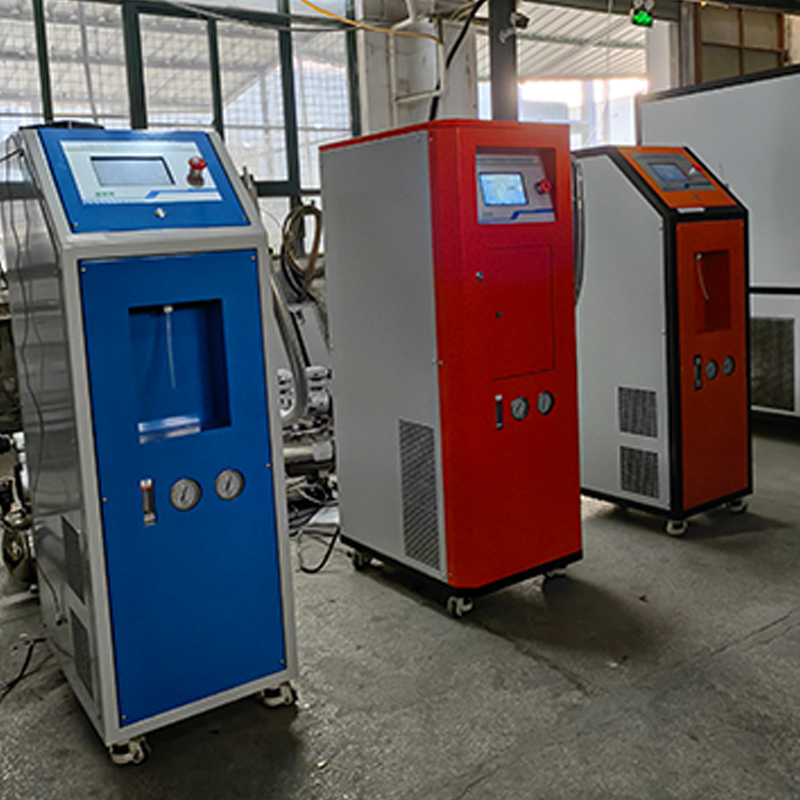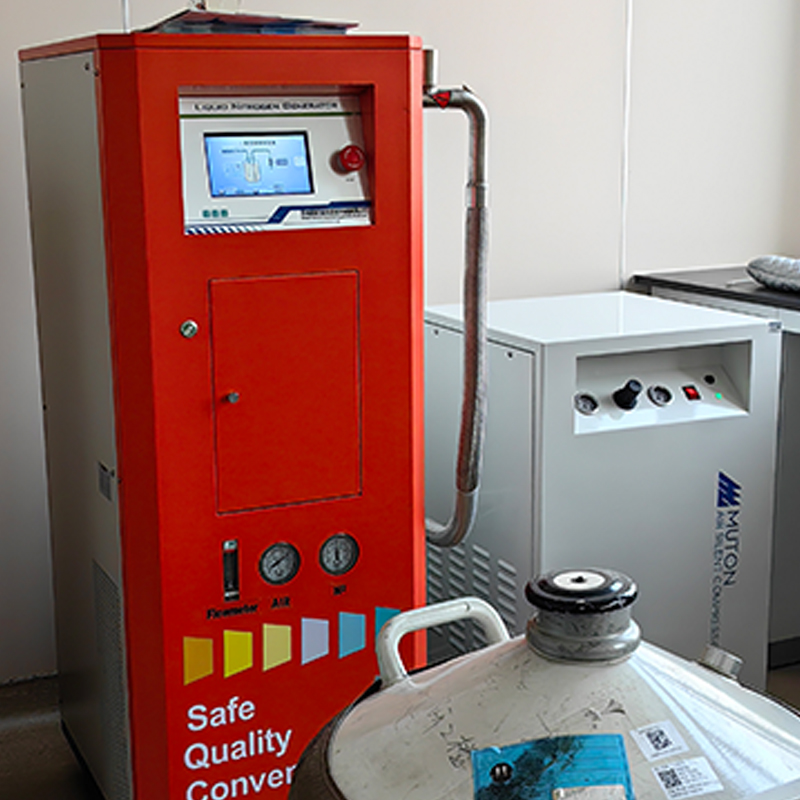-
WhatsApp / Mob : +86 156 5177 2521
-
Email : mrwin@cnbangwin.com
WhatsApp / Mob : +86 156 5177 2521
Email : mrwin@cnbangwin.com
Categories
Latest blog
Tags
Maintenance and Upkeep of Small Liquid Nitrogen Generators
Aug 16 , 2024Introduction
Small liquid nitrogen generators are essential tools in various industries, providing a reliable and cost-effective source of liquid nitrogen on-site. To ensure the longevity and optimal performance of these machines, regular maintenance and proper upkeep are crucial. This article will guide you through the essential maintenance tasks and best practices to keep your liquid nitrogen generator running smoothly.
1. Regular Inspection
Frequent inspections are the cornerstone of effective maintenance. Operators should routinely check the following components:
2. Lubrication
Proper lubrication of moving parts is essential to prevent wear and tear. Use only manufacturer-recommended lubricants, and follow the specified lubrication schedule. Over-lubrication or using the wrong type of lubricant can lead to component failure.
3. Calibration of Sensors and Controls
Sensors and control systems play a vital role in maintaining the correct operating conditions within the liquid nitrogen generator. Regular calibration of temperature sensors, pressure transducers, and flow meters ensures that the system operates within the desired parameters. Miscalibrated sensors can lead to inefficient operation and potential safety hazards.
4. Monitoring and Replacing Consumables
Certain parts of the liquid nitrogen generator, such as molecular sieves and adsorbents, have a finite lifespan and need regular replacement. Monitor the condition of these consumables and replace them as necessary to maintain the generator’s performance.
5. Cleaning and Decontamination
Periodic cleaning of the generator’s components helps prevent the buildup of contaminants that can impede performance. This includes cleaning the internal surfaces, pipes, and valves that come into contact with nitrogen. Decontamination should be done according to the manufacturer’s guidelines, using approved cleaning agents.
6. Software and Firmware Updates
Modern liquid nitrogen generators often come equipped with advanced software for monitoring and controlling the system. Ensure that the software and firmware are up-to-date to benefit from the latest improvements and security features.
7. Documentation and Record-Keeping
Maintaining detailed records of all maintenance activities is essential. This includes logging inspection dates, calibration results, parts replacements, and any anomalies observed. Proper documentation helps in tracking the performance over time and is useful during troubleshooting.
8. Emergency Preparedness
Finally, it’s important to have an emergency plan in place. This includes training operators on how to respond to common issues like power failures, leaks, or system alarms. Regular drills and reviews of emergency procedures ensure that the team is prepared to handle any situation.
Conclusion
By following these maintenance and upkeep guidelines, operators can extend the lifespan of their small liquid nitrogen generators, ensure consistent performance, and minimize downtime. Regular attention to these tasks not only protects the investment in the equipment but also ensures a reliable supply of liquid nitrogen for critical applications.

